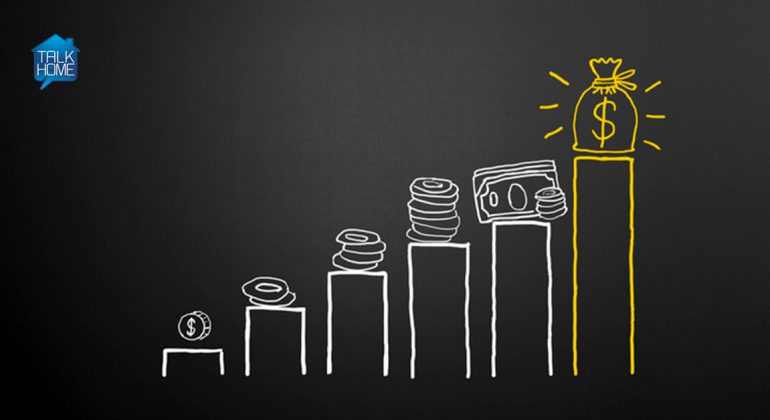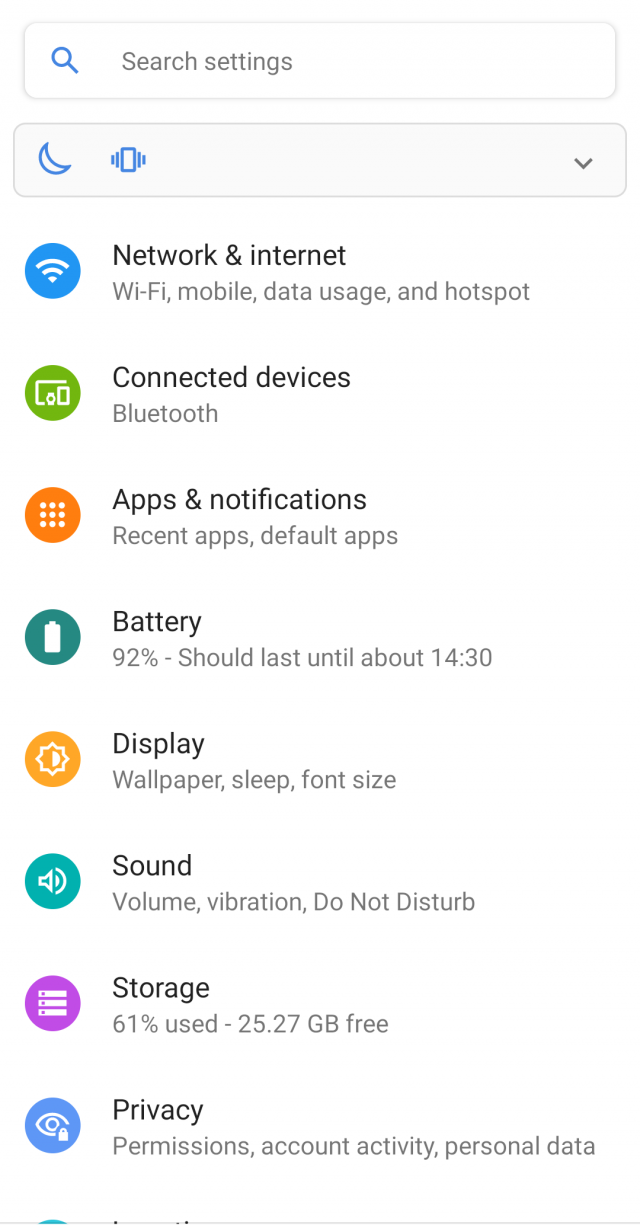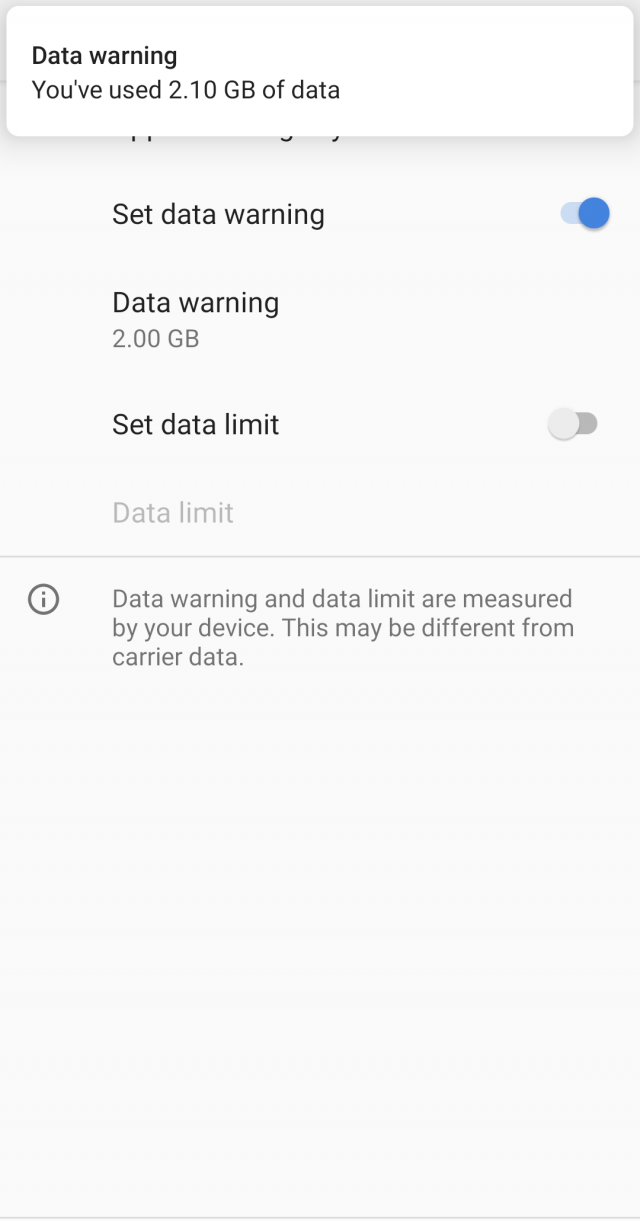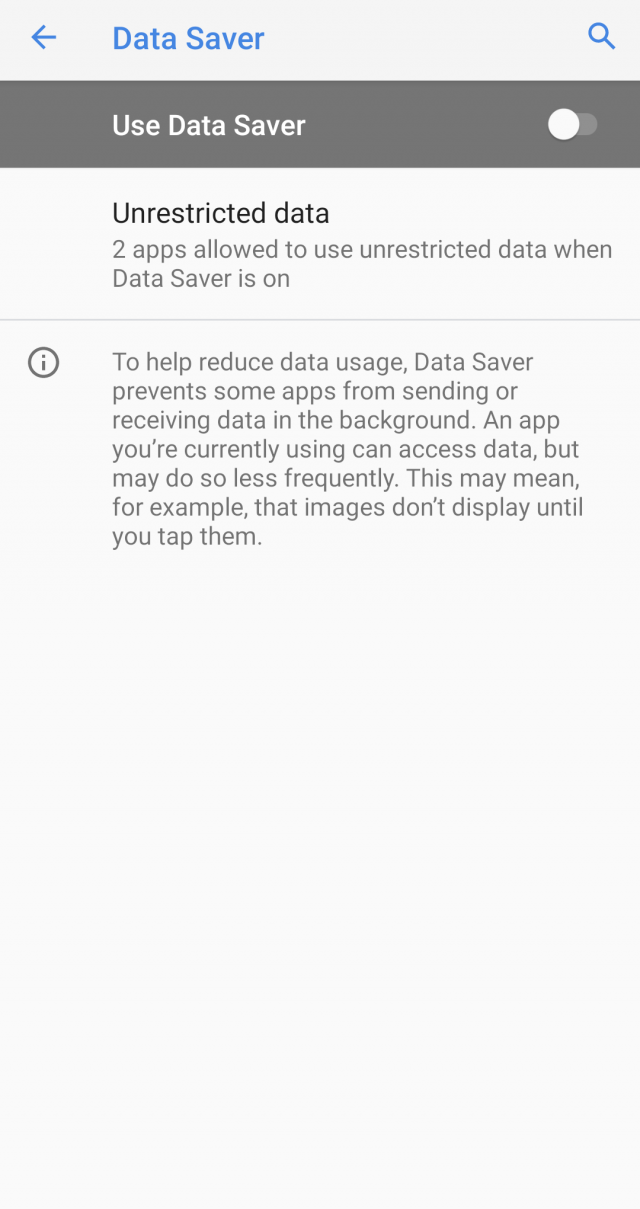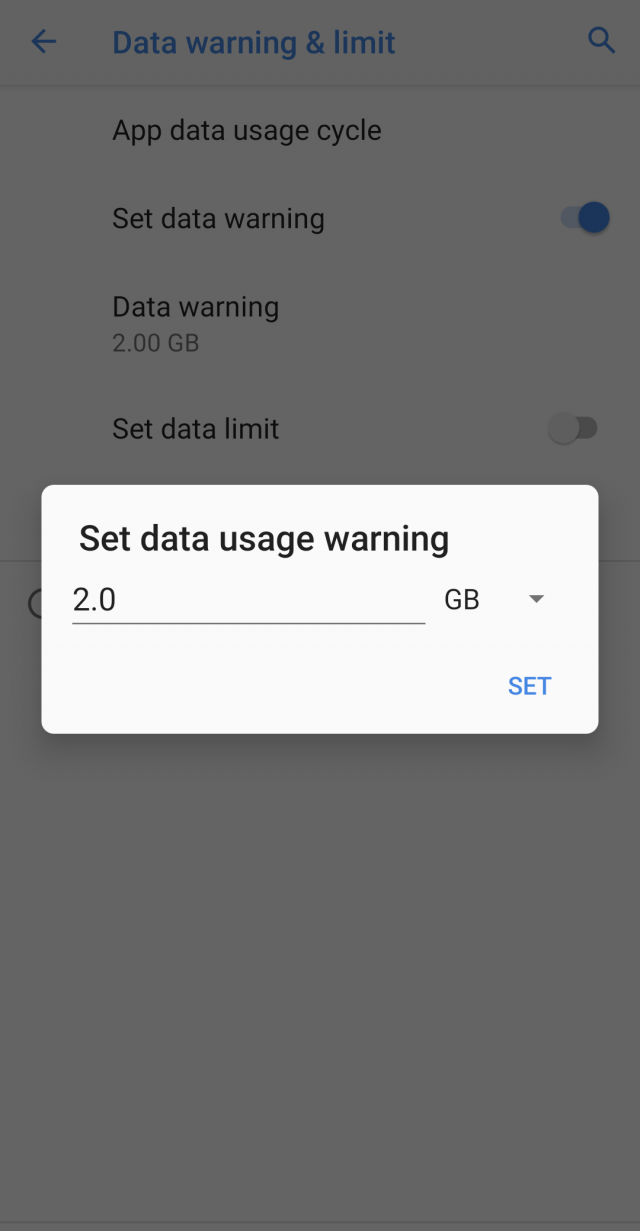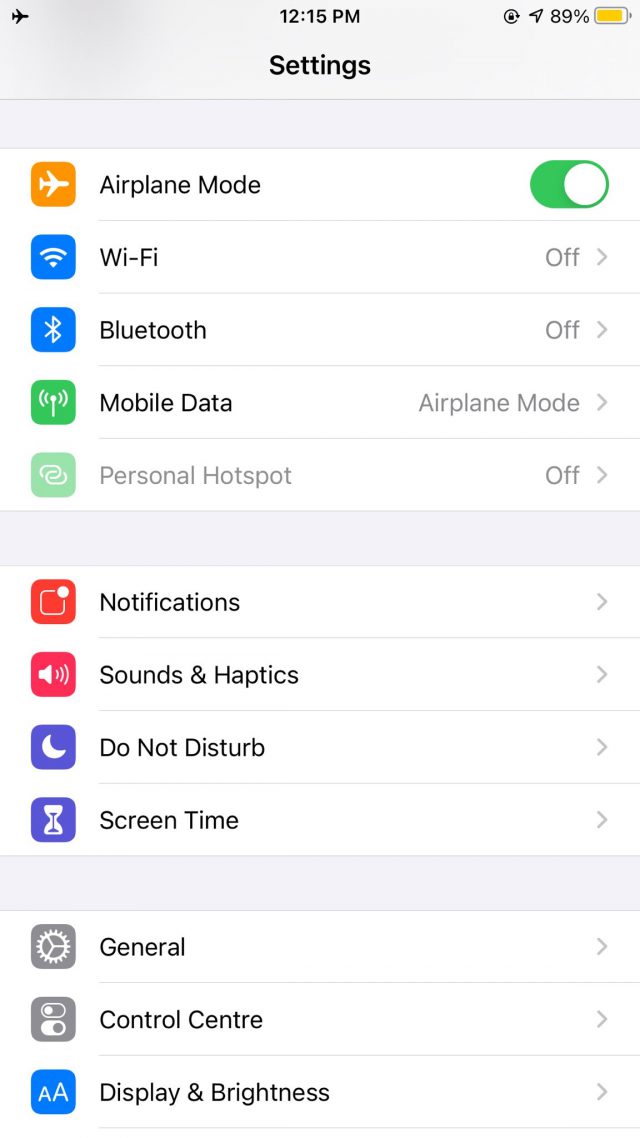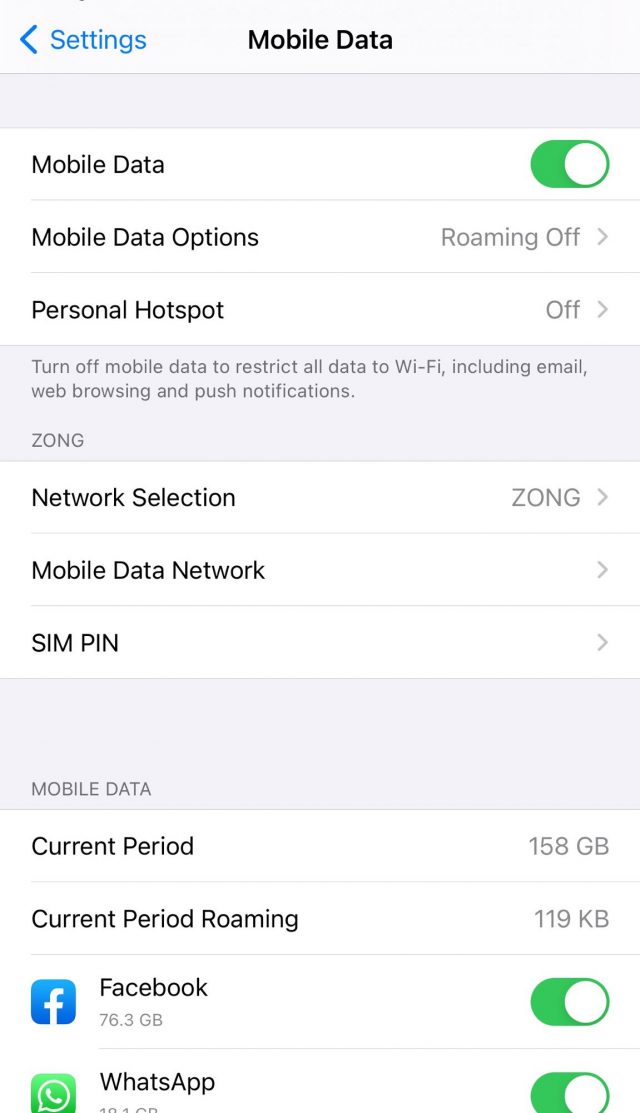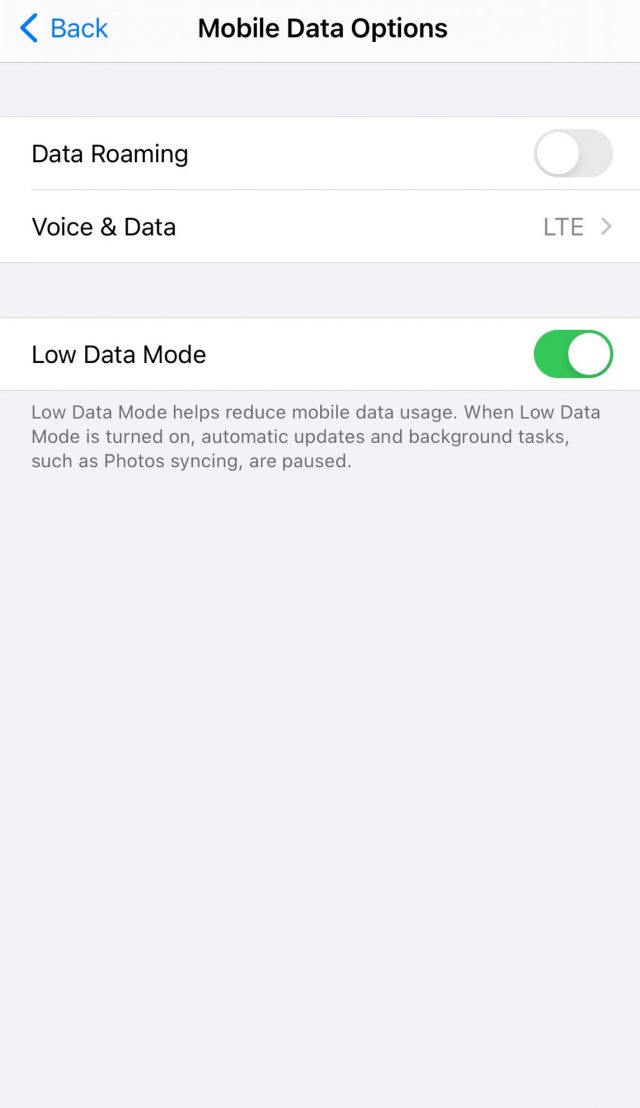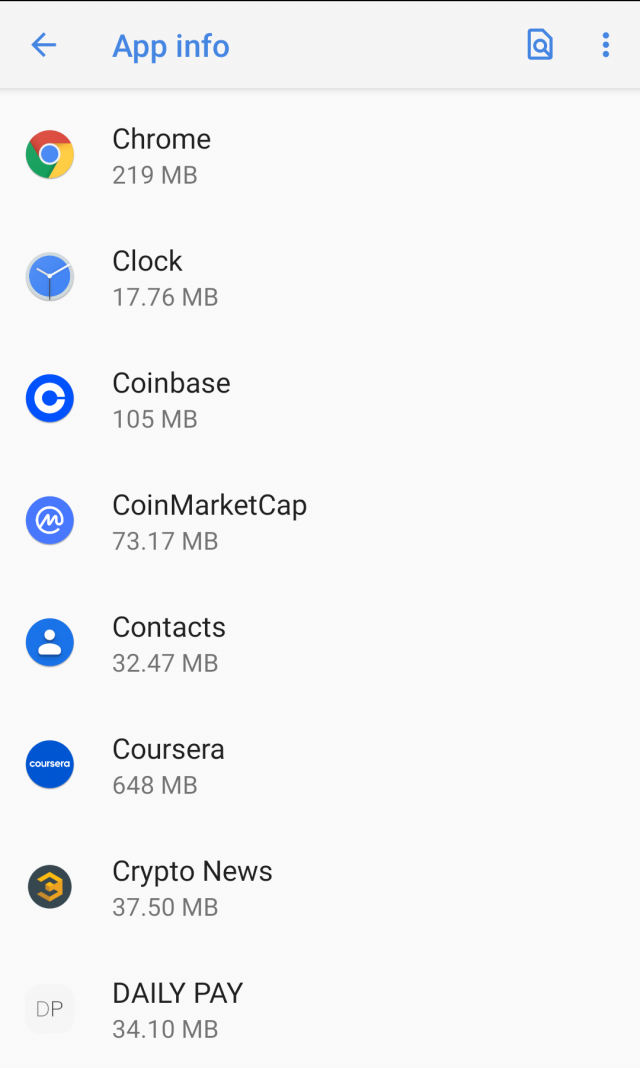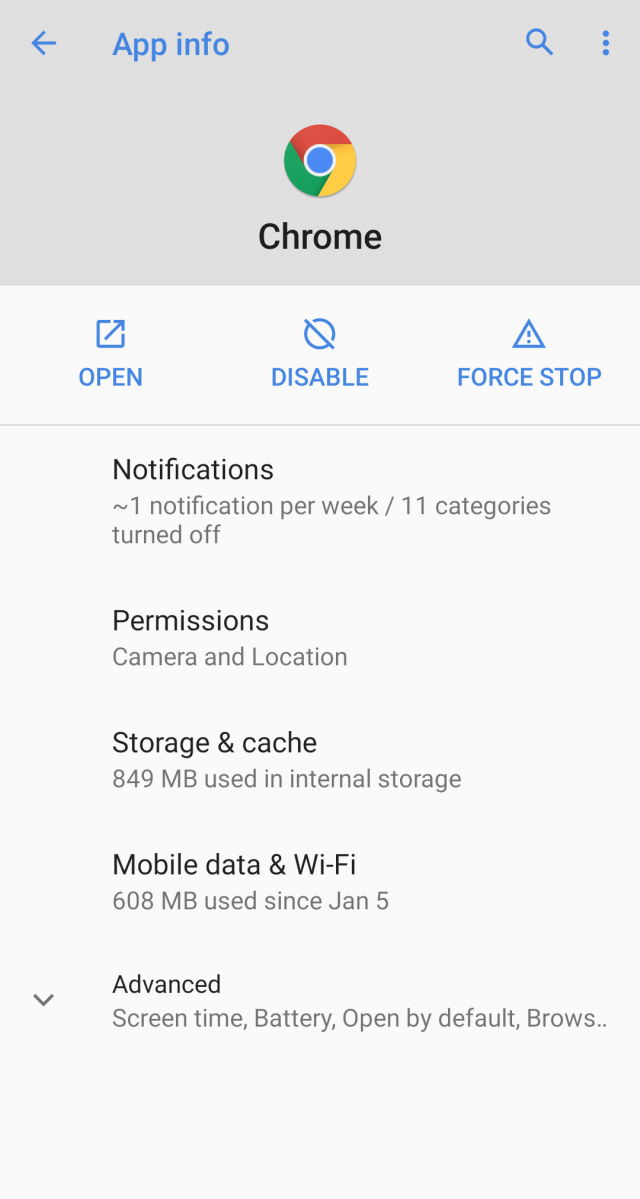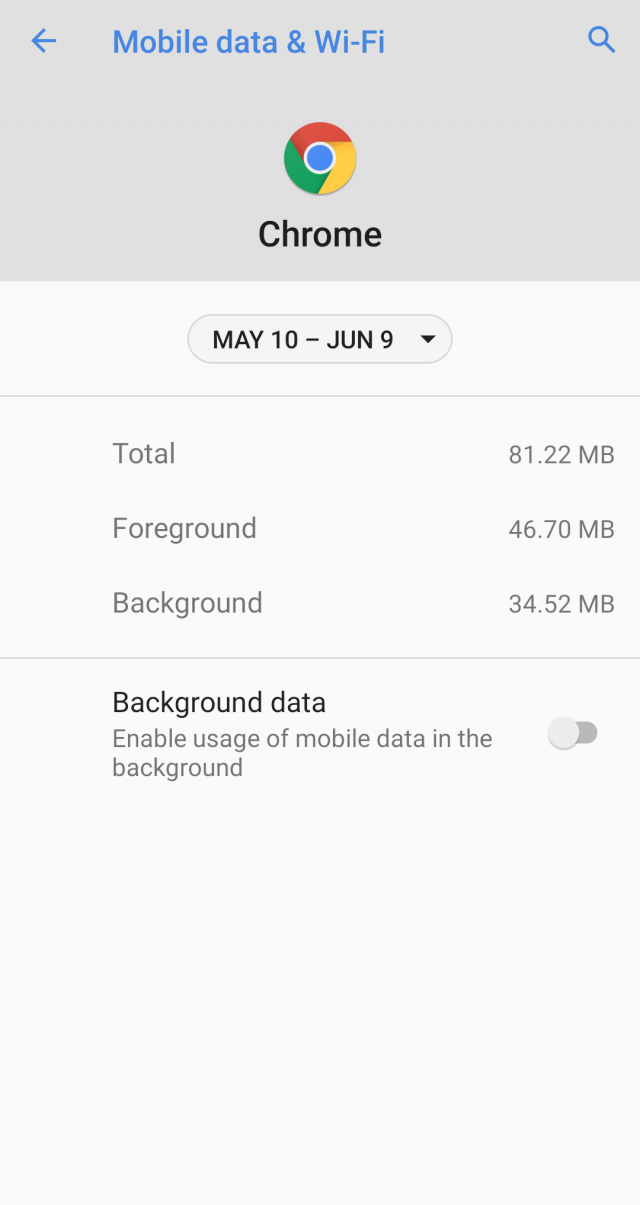In this article, we are going to take a look at 8 simple but super effective tips to reduce data usage on your mobile device.
The Coronavirus pandemic has forced everyone to stay at home. Often prompting you to rely on a slow and limited data network causing serious problems.
Whether you’re working from home, studying online or watching videos online, everything seemingly gobbles up the FUP (Fair Usage Policy) limits.
And once the data usage crosses the limits, you end up incurring hefty bills and slower internet connectivity.
In some cases, the carriers lower your internet speeds significantly. If you want to get the most out of your mobile data? Or know how to use less data on Android or iPhone? These tips and tricks can help you squeeze your mobile data usage and save you a lot of money.
Till 2021 there are more than 4.66 billion active internet users worldwide. Out of these 92.6 per cent, around 4.32 billion users access the internet via mobile devices.
So, virtually the entire world population is dependent on mobile data to access the internet. Even in the United States, around 15% of American adults are smartphone-only internet users.
Today’s smartphones can chew through your data extensively without you realising it. Therefore, you need to be smart while using your mobile phone data. Use data compressing apps, built-in features to avoid hitting the mobile internet cap. Follow the simple yet effective tips and tricks down here to reduce data usage and cut your charges.
Table of Contents
- What is Data Allowance?
- How to Reduce Mobile Data Usage?
- 1. How to Reduce Data Usage by Capping – Android
- 2. How to Use Less Data with Low Data Mode – iOS
- 3. Limit Background Data Usage
- 4. Disable App Sync
- 5. Use Data Compressing Apps
- 6. How to Reduce Data Usage on Google Chrome?
- 7. How to Reduce Data Usage on Opera Mini?
- 8. Use Wi-Fi Only for App Sync
- 9. Use a Data-efficient Browser
- 10. Remove Data Consuming Apps You Don’t Use
- 11. Disable Notifications
- 12. Slash Your Streaming Habits
- 13. Start Navigating via Offline Maps
- 14. Switch Off Wi-Fi Assist or Network Switch
- Keep Mobile Internet Data Bill Low
What is Data Allowance?
The term “data allowance” means the amount of data your monthly contract allows you to use. Mobile internet monthly allowance allows you have internet access on the phone 3G, 4G, or even 5G mobile phone networks instead of Wi-Fi. It is often an important factor when selecting a smartphone deal.
Always check your data requirements before signing up for any contract so you don’t end up paying more than you need to.
How to Reduce Mobile Data Usage?
If you often find yourself exceeding the data limits on your phone or tablet? Probably you won’t even notice you’re crossing the data limits on your mobile data plan until the bill arrives. Mobile internet is rarely unlimited and often has a cap, and once you cross the range, you’ll be charged heavily for all the extra data. Be proactive about your phone bill and take precautions beforehand, and think smart.
1. How to Reduce Data Usage by Capping – Android
There are built-in tools in Android that allow you to cap mobile data. To use those, follow the instructions.
- Open the Settings app on your mobile.
- Then go to “Network & Internet” and then to “Data usage”.
- From there, go to “Data warning & limit” and finally to “Set data warning.” There you can set a flag warning to say 2GB below your limit.
- You can also set a data limit in the same settings to specify the carrier’s data limit.
- In the “Data usage”, enable the Data saver mode to restrict the data usage overall.
2. How to Use Less Data with Low Data Mode – iOS
With the arrival of iOS 13 came the feature Low Data Mode using which you can restrict background network usage and save mobile data or even Wi-Fi usage. This feature will allow you to monitor your internet data plan and limits data usage.
All applications use data differently; therefore, the apps use diverse ways of reducing data usage in Low Data Mode. Some of the common ways apps can reduce the use of data are:
- Apps reduce using network data when you’re not using them.
- App background refresh is disabled.
- Streaming content quality may be reduced.
- Automatic backup and download are disabled.
- Background services like iCloud Photos pause updates.
- FaceTime video bitrate is optimised for lower bandwidth.
Built-in iOS apps and services adjust to Low Data Mode.
Turn on Low Data Mode
The Low Data mode can be turned on independently for Wi-Fi and mobile data. The settings may vary for you depending on the network provider.
First, you have to select the type of plan and follow the steps below.
LTE/4G Mobile Data
- For mobile data, go to Settings and select Mobile Data.
- In the Mobile Data, you’ll see different options; turn on the Low Data Mode.
5G Mobile Data
- Go to the Settings and then to “Mobile Data”.
- Now inside the “Mobile Data Options”, select Data Mode and then turn on Low Data Mode.
Dual SIM
- Head over to the Settings app and select Cellular or Mobile Data.
- Select one of your numbers.
- Then turn on the Low Data Mode.
Wi-Fi
The Low Data Mode preferences are updated across all iCloud devices for every Wi-Fi network.
- Open the Settings and then Wi-Fi.
- Tap on the Info button right next to the Wi-Fi network you’re connected to.
- Turn on the Low Data Mode for Wi-Fi.
3. Limit Background Data Usage
A lot of activity happens in the background when you use your phone or even when you’re not using it. Such as email app syncs to the server to check for new messages or Apple’s App Store or Google Play to check for updates in the background. Social media updates or backup syncing, the list of internet background services goes on.
All this data accumulates to add up to substantial usage of your mobile data usage. To protect against excessive use of data, you need to deactivate background data. You can monitor and control data usage for individual apps in the background with the steps below.
4. Disable App Sync
How to Disable Android Apps to Sync
- Open Settings and go to “Apps.”
- Then select the app you want to control the data usage.
- Once inside the app setting, select “Mobile data & Wi-Fi.”
- Disable the “Background data”, restricting the app from using mobile data in the background.
There’s also an option available for you to disable the data usage by selecting the “Disable data usage” option. However, this feature will prevent the app from completely using mobile data. Mostly disabling the background data usage will be enough to avert excessive network usage.
Disable iPhone App Sync
On iOS, you can deactivate native apps to sync in the background.
- Go to Settings and tap on “Your Name.”
- Then go to “iCloud” and select any or all the services to stop syncing the data.
5. Use Data Compressing Apps
Many apps have the added feature to compress the data transferred using compression technology to reduce data usage. Probably you already use some of them without even realising it.
6. How to Reduce Data Usage on Google Chrome?
Regardless of how you might feel about the Google Chrome browser, it has a built-in data-saving tool to downsize the data being transferred from and to the app. To enable the tool, follow the steps.
Go to the browser “Settings”, and then under the Advanced options, select “Lite mode” and turn it on to use less data on your mobile device.
7. How to Reduce Data Usage on Opera Mini?
Opera Mini is built around the perspective of low data usage; data saving is enabled by default. The Opera Mini also allows you to adjust various data-saving modes, like settings the quality of web page images.
8. Use Wi-Fi Only for App Sync
Cloud storage might be a good option to backup your mobile data, but it uses a lot of network data to upload and stay in sync. You can automatically upload photos or save documents in Google Drive or iCloud. Whatever the case may be, you need to ensure the file-syncing only takes place over the Wi-Fi and don’t use the mobile data.
You can check the particular cloud app settings to ensure the data is being synced using Wi-Fi only.
9. Use a Data-efficient Browser
Google Chrome enjoys massive popularity as an internet browser. It has an integrated feature that can significantly reduce data consumption on your mobile device.
When data compression is enabled, all your traffic routes through a proxy from Google. What it does to your data is compress and optimise it before sending it over to your phone. It results in lower data consumption and a faster page loading without significant changes to the site’s content.
To apply data compression, open Chrome, click the three-point menu in the upper-right corner, click Settings, and scroll down to Save data. Here you can activate the data storage by clicking on the upper right corner.
Storage Activation also implements Chrome Safe Browsing, detecting malicious websites and protecting you from malware and malicious content.
10. Remove Data Consuming Apps You Don’t Use
Using data-intensive applications can seriously affect the data usage on your phone. You may not understand that Google Photos syncs your background photos every time you click on an image.
Social apps like Facebook and Instagram consume a lot of data. Try to avoid videos and GIFs in these apps.
Try to use alternatives to some applications that still perform the required functions and use fewer data. For example, Facebook Lite is an effortless alternative to Facebook. Also, it saves battery life and data consumption. TweetCaster is an option similar to the Twitter app.
11. Disable Notifications
Every time you receive a push notification, it consumes your mobile data. A push notification is if your phone produces a sound or vibrates when you receive an email or a new message on Facebook or a tweet or a message about an eBay item you want to buy.
According to experts, mobile phone manufacturers believe that mobile networks are more reliable. So, they prefer using your network’s data to notify you rather than Wi-Fi.
There is no denying the significance of push notifications. But you need to manage them so you can do what you want.
On the iPhone, go to Settings and then to Notifications.
On Android, go to Settings, then Sounds and notifications, then Application notifications, and configure each application individually.
12. Slash Your Streaming Habits
The best way to reduce mobile data traffic is to avoid it – and many multimedia applications make it easier. The trick is to pre-download only the content you want when you connect to Wi-Fi so it will be stored in place and available when you trust mobile data.
And remember, if you subscribe to YouTube Premium or YouTube Music Premium, you can download YouTube videos to watch on the go (and your Chromebook, if you’re smart).
To adjust your offline viewing settings, go to the “Wallpaper & Downloads” section of YouTube settings. Proceed by tapping the three-line menu icon next to a video on the YouTube home screen to find (or open a video and look for the Download button directly below the name).
Spotify and other audio streaming services also offer similar options.
Do you know what else you can download in advance and help avoid expensive streaming? Google Maps. Next time, knowing you need to navigate, open the Maps app while also using Wi-Fi. Find the city you want to go to, tap the city name in the middle of the screen, then tap the download button that appears on the next screen.
You can then use the map of this area normally and view and manage all the downloaded maps by clicking on your profile picture in the upper right corner of the app. Then proceed to select “Offline Map” from the menu that appears.
Downloading Maps on Your iPhone
Open the Google Maps app while connected to the Internet. Please ensure that you’re not using the Incognito mode. Find the city or town whose map you want to download. Tap the name or address at the bottom> select more … > press download offline map > download.
Downloading Maps on Your Android
Open the Google Maps app while connected to the Internet. You need to ensure you’re signed in to Google Maps. Find the city or town where you want to download maps. Click the name or address of the website under> download. If you’re looking for a place, like a restaurant, tap More … > download offline map > download.
Turn Off the Location Services on Your Mobile Device
With your location services turned on, your phone will ping your location all day and night. If your settings are not correct, someone will chase you ALL DAY. You can burn your data and battery and endanger your privacy.
Does your news application, bank, or Google need to know where you are every minute of the day? Or not at all?
In some cases, you may want the application to know where you are only WHEN THE APPLICATION IS IN USE. Not always. And, of course, your navigation applications. Your weather application, yes. Maybe your coupon app too.
Make sure your settings limit your location to when you use the app.
Then go through the list and decide when you want these apps to find where you are and track them. Having everything default is scary and uses data.
To find it on your iPhone, go to Settings, Privacy, and Location Services.
On Android, go to Settings, then to “Location” (under Personal), then slide the green button (top right) to the off position.
If you have an iPhone, scroll to Privacy, then Location Services, scroll down and tap System Services. Then scroll to one of the last buttons and press Common Places.
When enabled, it will show you that your phone has been watching you all the places you’ve been in the past few days and weeks. You may want to turn it off; the sooner, the better.
14. Switch Off Wi-Fi Assist or Network Switch
Wi-Fi Assist (for iPhone) or Network Switch (for Android) works well and ensures a stable Internet connection. It means that if your Wi-Fi connection suddenly drops significantly – assuming you’re on Wi-Fi, then Wi-Fi Assistant will allow you to turn on mobile data, so you don’t lose your connection.
For iPhone Users
Disable Settings> Mobile data> Scroll down and disable the Wi-Fi Assist option.
For Android Users
Follow the instructions below for Android OS.
Settings (the cog icon) > connections > Wi-Fi > three dots in the corner > advanced. That’s where you’ll find the slider for “Switch to mobile data.”
Keep Mobile Internet Data Bill Low
We’ve delineated many techniques for you to use less data on your smartphones and save on monthly bills.
Whether you prefer using a particular browser to compress the data, toggle a few settings, or just want to get unlimited data bundles from Talk Home Mobile.
Also, you can use the data-efficient international calling app – Talk Home App, to stay connected to your loved ones across the world.
